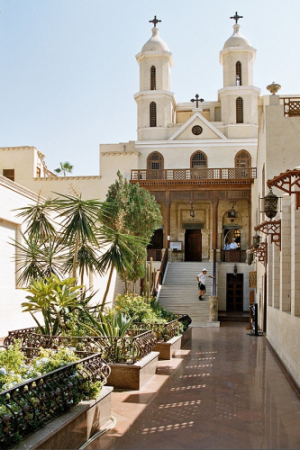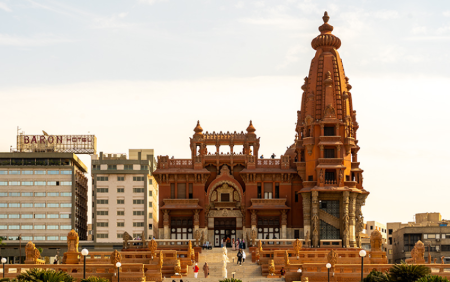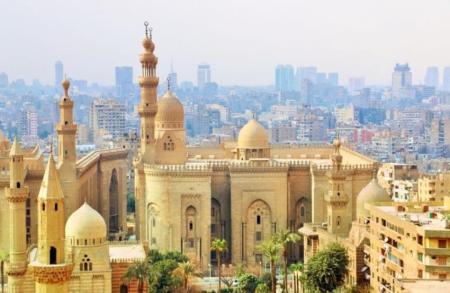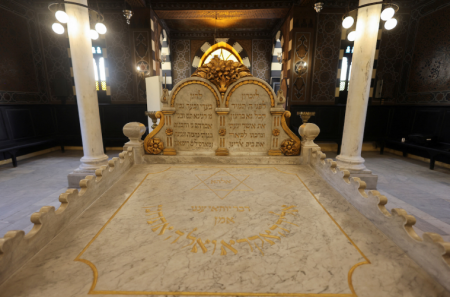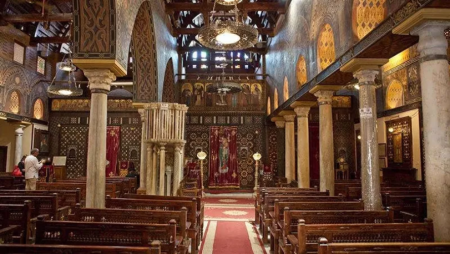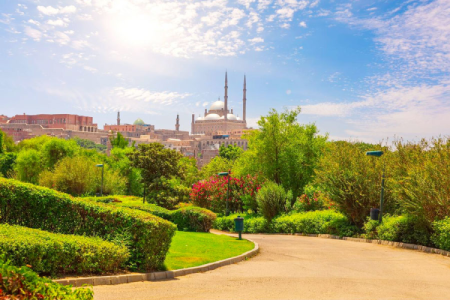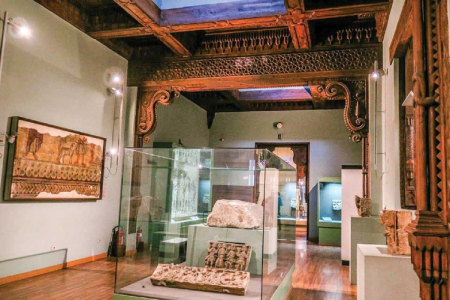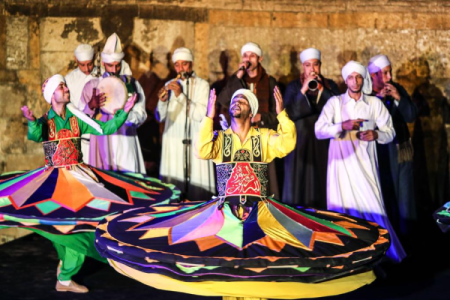El Moez Street

El Moez Street: The Beating Heart of Historic Cairo
El Moez Street stands as one of Cairo’s most enchanting cultural and architectural treasures, a living museum that echoes the soul of medieval Egypt. Stretched across the heart of Islamic Cairo, this historic thoroughfare is a timeless corridor where every stone whispers stories of caliphs, merchants, scholars, and artisans who once walked its bustling lanes. As you wander through El Moez, you’re not just visiting a street—you’re traveling through centuries of Egyptian history that encapsulate the essence of Cairo’s golden Islamic era.
Named after Al-Mu’izz li-Din Allah, the Fatimid caliph who founded Cairo in the 10th century, El Moez Street is a magnificent reflection of Egypt’s layered civilization. Laden with mosques, madrasas, hammams, sabils, and palaces, it represents one of the most concentrated collections of Islamic architecture in the world. The street, meticulously restored to preserve its authentic charm, glistens under the Cairo sun as intricate mashrabiya balconies, arched gates, and minarets rise majestically above the cobblestones.
Whether you’re a history buff, a photographer, or simply a curious traveler, El Moez Street offers a sensory explosion of sounds, aromas, and sights that transport you to another era. Its proximity to landmarks such as Khan al-Khalili Cairo, Al Azhar Mosque, and the Egyptian Museum of Cairo makes it a central hub for anyone exploring the historical charm of Cairo city. Let’s take a deep dive into the story, architecture, and life that make El Moez Street one of the world’s most captivating cultural arteries.
The Rich History of El Moez Street
El Moez Street’s story unfolds alongside that of Cairo itself. Established in the 10th century during the Fatimid Dynasty, it served as the central axis of the city, connecting the gates of Bab al-Futuh in the north to Bab Zuweila in the south. This street wasn’t just a marketplace—it was a royal promenade, a commercial lifeline, and a stage for religious and political processions. Throughout the centuries, successive dynasties—the Ayyubids, Mamluks, and Ottomans—expanded its grandeur, each leaving architectural imprints that narrate Egypt’s evolving identity.
During the Mamluk period, El Moez transformed into an epicenter of cultural and religious activity. Magnificent mosques, sabil-kuttabs (water fountains and Quran schools), and caravanserais sprang up, serving pilgrims, traders, and scholars alike. The Ottoman rulers added a distinctive flair, blending Turkish influences into existing designs, giving rise to the exquisite artistic fusion that defines the street today.
Architectural Wonders Along El Moez Street
Walking down El Moez Street feels like leafing through a beautifully illustrated architectural encyclopedia. The street is divided into northern and southern sections, each brimming with monuments that date back centuries. The northern stretch houses the Qalawun Complex, Sultan Barquq Mosque, and the Beit El-Suhaymi—a fine example of 17th-century domestic architecture. The southern section dazzles with the Al-Azhar Mosque, Bab Zuweila, and the Mosque of Al-Mu’ayyad Shaykh, each structure a masterpiece of geometry and stonework.
The Qalawun Complex, in particular, stands as a crowning jewel of Mamluk architecture. Built in the late 13th century, it’s a monumental ensemble combining a madrasa, a mausoleum, and a hospital, adorned with marble inlays and stained glass windows that give it a celestial aura. Not far from it, Beit El-Suhaymi’s wooden lattice screens and courtyards offer a glimpse into the urban lifestyle of Cairo’s elite during the Ottoman era.
The Cultural Pulse of Islamic Cairo
El Moez Street is more than a museum—it’s a living, breathing artery of Egyptian culture. As twilight descends, the call to prayer reverberates across minarets while golden lights illuminate the intricate facades. Craftsmen still practice age-old trades, from copper engraving to leatherwork, echoing traditions that have endured for generations. These artisans embody the timeless spirit of Cairo, where heritage and modernity coexist harmoniously.
Its strategic location in Islamic Cairo makes El Moez a perfect stop during Cairo Day Tours and Egypt Travel Packages. Tourists often combine a visit to this street with nearby attractions such as the Wekalet El Ghouri cultural center or a stroll through Al Azhar Park, where panoramic views of old Cairo unfold under the sky.
Hidden Gems and Must-See Stops
Among the gems that often go unnoticed is the Sabil-Kuttab of Sultan Qaytbay, known for its dazzling mashrabiya woodwork and marble façade. Another is the Mosque of Al-Aqmar, a Fatimid-era marvel whose façade reflects early Islamic geometric artistry. Don’t miss the Beit Zeinab Khatan, a restored mansion offering vivid insights into Cairo’s domestic architecture. Every step along El Moez reveals new surprises: carved wooden doors, vibrant markets, and the scent of freshly ground coffee blending with incense from nearby mosques.
El Moez Street at Night: A Mesmerizing Transformation
When night blankets Cairo, El Moez Street becomes a symphony of light and shadow. The skillful illumination casts dramatic highlights on aged walls and domes, making evening tours a magical experience. The atmosphere shifts from bustling commerce to almost spiritual serenity. Lanterns glow warmly, shopkeepers share stories of their ancestors, and visitors savor traditional desserts. A stroll here at night feels both intimate and grand, a poetic reminder that Cairo is truly the “City of a Thousand Minarets.”
Experiencing El Moez Street Like a Local
To fully grasp the heartbeat of El Moez Street, one must explore it like a local—without haste, with open eyes and curiosity. Mingle with artisans, sip mint tea in historic cafés, and don’t hesitate to wander into courtyards buzzing with daily life. Morning hours reveal the scent of baked bread and the clatter of craftsmen at work, while afternoons bring lively crowds and ambient music from nearby Sufi lodges.
El Moez is also a gateway to discovering Cairo’s broader historical context. After a long walk, many travelers continue toward the Citadel of Salah El-Din or venture south to the Alabaster Mosque, both showcasing Cairo’s Islamic heritage through commanding architecture and sweeping city views.
Preservation and Restoration Efforts
In recent decades, Egypt’s Ministry of Antiquities has undertaken extensive restoration to revive El Moez Street’s original splendor. These efforts involved stabilizing ancient structures, repaving old alleys, and installing a modern lighting system that accentuates architectural beauty at night. The revitalization not only preserved historical integrity but also rejuvenated local commerce by attracting global tourists eager to explore Egypt beyond the pyramids.
Through meticulous restoration, El Moez Street now serves as a vibrant open-air museum and a central feature in many Egypt Luxury Tours and Egypt Vacations Packages, giving travelers the chance to experience Cairo’s living history in comfort and style.
Best Time to Visit El Moez Street
The ideal time to explore El Moez Street is during spring and autumn, when Cairo’s weather is pleasantly warm and skies are clear. Early mornings offer serenity for photography enthusiasts, while evenings provide the perfect backdrop for cultural shows and local dining experiences. Visiting during Ramadan adds another layer of charm—the street comes alive with decorative lights, traditional music, and festive gatherings. Nighttime Ramadan tours here are simply unforgettable.
Frequently Asked Questions about El Moez Street
What is the historical significance of El Moez Street?
El Moez Street is historically significant as it represents the core of medieval Islamic Cairo. Established in the 10th century by the Fatimids, it became the main artery of the capital, hosting royal ceremonies, trade, and religious life. Its monuments embody over a thousand years of architectural evolution.
Where is El Moez Street located?
El Moez Street is located in the heart of Islamic Cairo, running between Bab al-Futuh in the north and Bab Zuweila in the south. It’s easily accessible from central Cairo City and is a short walk from major landmarks like Al Azhar Mosque and Khan al-Khalili market.
How long does it take to walk through El Moez Street?
A leisurely walk through El Moez Street can take between two to four hours, depending on how many monuments and museums you wish to explore. Guided tours often include nearby attractions, transforming it into a half-day historical journey through Cairo’s past.
Is El Moez Street open at night?
Yes, El Moez Street remains open in the evening, and it’s particularly mesmerizing after sunset. The monument lighting system highlights intricate details, making it one of the most photogenic and atmospheric places in Cairo after dark.
What should I wear when visiting El Moez Street?
Since El Moez Street houses several mosques and religious sites, modest clothing is recommended. Lightweight fabrics are ideal for the warm climate, ensuring comfort while respecting local customs. For more guidance, check out expert advice on what to wear in Egypt.
Final Thoughts: Why El Moez Street Captivates Every Traveler
El Moez Street is more than just a destination—it’s a journey through Egypt’s soul. Its architecture, culture, and living heritage form a tapestry that tells the story of a city that has stood for over a millennium. For anyone exploring Egypt, walking along El Moez is an essential experience that promises wonder at every turn. Each visit reveals something new—an overlooked carving, a melodic call to prayer, or a conversation with a local artisan—and that’s what keeps travelers returning again and again.
Whether you’re embarking on a deeper historical adventure or blending it with a majestic Egypt Nile Cruise, El Moez Street remains a cornerstone of any authentic Egyptian journey—a living reminder that history here doesn’t just sit in museums; it walks among you.




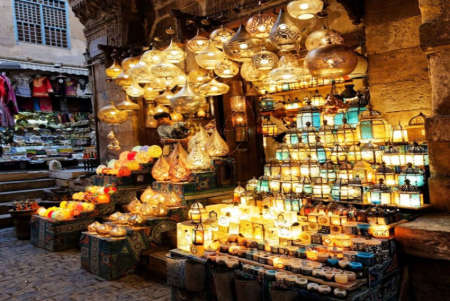
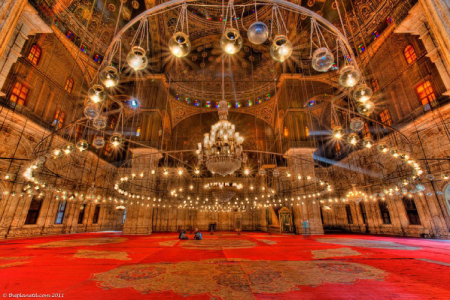


.png)


